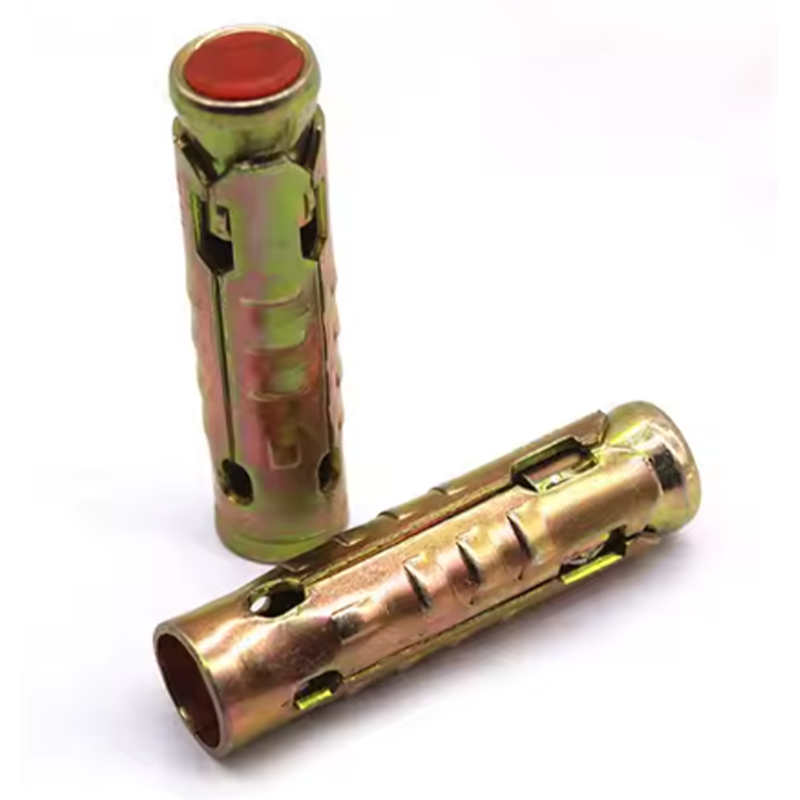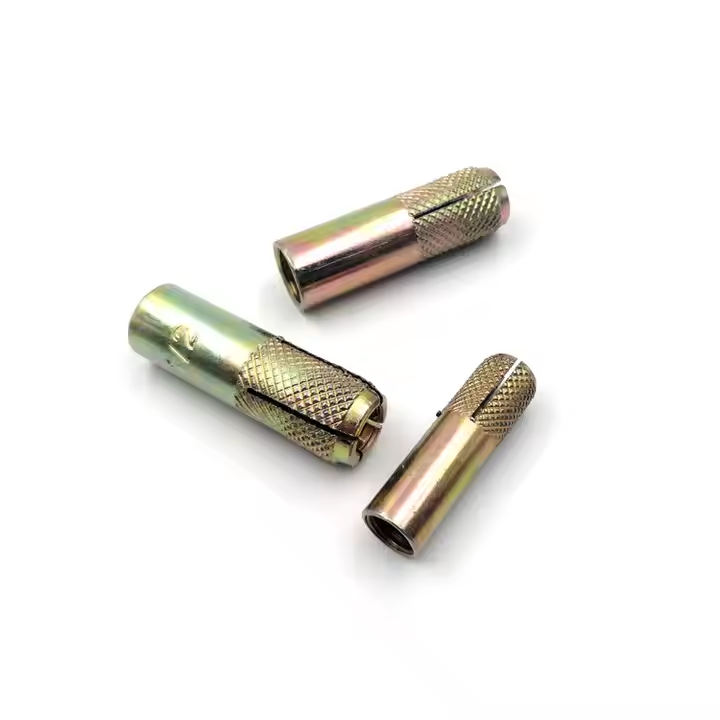

2025-10-18
The unsung hero of many industrial settings, the humble eye bolt, often gets overshadowed by larger, more complex machinery. Yet, eye bolts play a critical role in numerous applications, and innovations in their design and materials are quietly revolutionizing various industries. There’s a common misconception that eye bolts are simple and standardized, offering little room for innovation. However, I’ve seen firsthand how small tweaks can make significant differences in performance and safety. Let’s delve into how eye bolts are evolving and affecting industry practices.
When I started working with eye bolts, most people viewed them as simple pieces of forged steel. Today, materials like stainless steel, titanium, and even composite materials are becoming more prevalent. The growing interest in advanced materials stems from the need for stronger, lighter, and more corrosion-resistant eye bolts.
At Hebei Muyi Import&Export Trading Co.,Ltd, both development and manufacturing have shifted to accommodate these new materials. This has not been without its challenges. For example, welding techniques had to evolve when we began working with wooden teeth welded sheeps eye screws. The composite materials required different handling and expertise, pushing us to invest in new training and equipment.
These changes aren’t just for show. In one memorable project, using titanium vastly improved load capacity without adding excessive weight to the application. The implications for aerospace and naval industries are profound, allowing designs that were previously unthinkable. You can explore more about these innovations at our website.
Design innovations go hand in hand with material advancements. While the basic form of an eye bolt has remained consistent, subtle changes can have a big impact on usability and reliability. For example, the introduction of swiveling mechanisms allows for better flexibility, reducing stress on the bolt itself during heavy-duty operations.
I remember a case where traditional eye bolts caused recurring breakage in a specific application involving heavy lifting and direction changes. A simple design change to incorporate a swiveling mechanism dramatically increased operational reliability. This small innovation saved both time and money, demonstrating that sometimes, less is more.
These are not just theoretical improvements; they lead to real, quantifiable benefits on the ground. In heavy industries like construction and shipping, reducing downtime due to equipment failure is a game-changer.

One area where eye bolts are making a huge difference is in harsh environmental conditions. As industries push into more extreme environments—think oil rigs, deep-sea explorations, and arctic engineering—the need for resilient, dependable hardware becomes paramount.
In such settings, materials like stainless steel and specially coated composites are not just preferred; they are essential. I recall a project in the North Sea where corrosion was a significant concern. By opting for advanced materials, we achieved remarkable longevity and reliability, reducing replacements and thereby operational risk.
It’s not just about withstanding the elements; it’s about doing so reliably over time. This is where the combination of new materials, and design really shines, offering solutions where traditional options would fail.
Sustainability has become an increasingly important factor in industrial manufacturing and design. Eye bolts, though small, play their part in the broader push towards more environmentally friendly practices.
Using recyclable materials or those that require less energy to produce is one approach that’s gaining traction. At Hebei Muyi Import&Export Trading, we’ve initiated projects to source more sustainable materials without compromising on strength or durability. This involves looking not only at the bolting materials but also at ancillary elements like coatings.
The benefits are twofold: environmental impact is reduced, and often, operational cost savings unfold over the long term. Industries that seize these sustainable options can find a competitive edge—not just morally, but economically as well.

As we move towards smarter factories and more automated processes, eye bolts are not left behind. Technological integration, such as RFID tagging and IoT compatibility, offers new dimensions of functionality.
Imagine an eye bolt equipped to communicate its tension, load, and environmental conditions in real-time. This isn’t futuristic fantasy—it’s increasingly becoming part of modern operations. These smart bolts can provide invaluable data that improves safety, efficiency, and predictability in industrial operations.
While this integration is still in its infancy, the potential is enormous. Collecting and analyzing this data could lead to predictive maintenance, further reducing downtime and enhancing productivity across sectors.
Overall, the evolution of eye bolts is far from over. As industries continue to demand smarter, stronger, and more versatile solutions, innovations in materials, design, and technology will ensure that this cornerstone of industrial hardware remains relevant and indispensable. For more details about these innovations, visit our website at Hebei Muyi Import&Export Trading Co.,Ltd.
Please enter your email address and we will reply to your email.